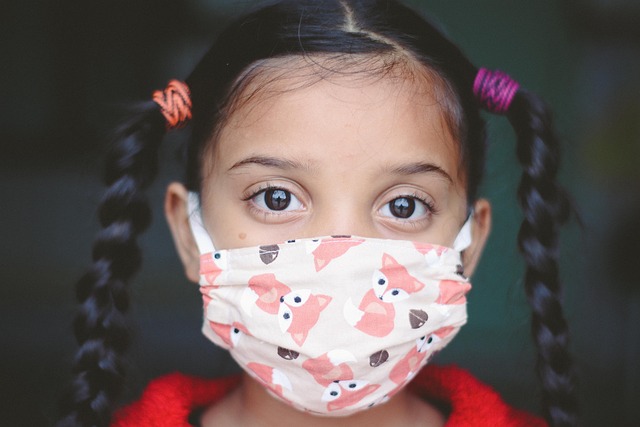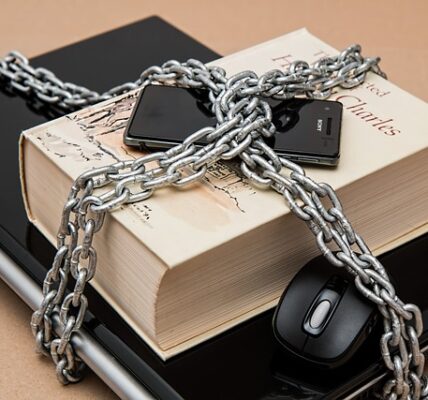Hello parents, as a digital age dawns on us, our children have been thrust into a world where technology and the internet are an integral part of their lives. This means they’re growing up with access to information, tools, and resources that were previously unimaginable. However, this also raises serious concerns about how to guide them safely in the online world, since they can be easily exposed to risks such as cyberbullying, online predators, inappropriate content, and more. In this article we will explore some key tips to ensure your child has a safe online experience.
Firstly, it is crucial that you set clear boundaries and rules for their use of the internet and technology. This can include things like screen time limits, age restrictions on certain types of content, and guidelines for social media usage. Establishing these rules early on will help your child understand what is expected of them and what they should avoid.
Secondly, you must teach your child about online safety and digital citizenship. This includes educating them on how to use technology responsibly, such as avoiding suspicious links or emails, not sharing personal information with strangers, and being kind and respectful in their interactions with others online. You can find resources and guides to help with this process at Teaching Kids to Use Technology Responsibly.
Thirdly, it is essential that you monitor your child’s online activity regularly. This can be done by setting up parental controls on their devices, such as limiting screen time or blocking access to certain websites. You can also use software or apps that track their browsing history and alert you if they are engaging in any suspicious behavior.
Fourthly, you must engage your child in open and honest conversations about online safety and the potential risks associated with technology use. This can be a challenging conversation to have, but it is crucial for helping your child develop healthy habits and a safe online presence. You can also find guides and resources at Balancing Screen Time and Real-World Activities.
Finally, you must be proactive in addressing any issues that arise as your child grows older and becomes more independent. This can include setting up regular check-ins with your child to discuss their online activity, monitoring their social media accounts for signs of bullying or harassment, and being prepared to intervene if necessary.
In conclusion, guiding children in safe online practices requires a comprehensive approach that includes setting clear boundaries, teaching digital citizenship, monitoring online activity, engaging in open conversations, and staying proactive. By following these tips and resources, you can help your child navigate the online world safely and responsibly.
For more information on protecting your child’s online safety, visit Online Safety (for Parents) | Nemours KidsHealth or learn about internet safety at Internet Safety 101:.
If you’re looking for more advice on how to balance screen time and real-world activities, consider visiting Teaching Kids to Use Technology Responsibly.
This final resource is also worth a visit: Balancing Screen Time and Real-World Activities.




